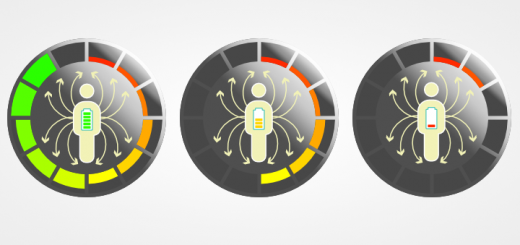Purify your body: Six yogic cleansing practices (shat kriyas)
4I did my first 200-hour Yoga Teacher Training course at Mt Madonna Center in Santa Cruz, California twenty years ago. Mt Madonna center is a residential community that was established by master yogi Baba Hari Das; I lived there for a month to complete my training. At the time, Mt Madonna staff teachers taught many traditional yogic cleansing techniques as part of the yoga teacher training program. We would begin our days early in the morning with nasal cleansing (neti) and candle gazing (trataka). Some brave souls attempted gastric cleansing (dhauti) by swallowing a long strip of fabric and then pulling it out. In addition, each student was strongly encouraged to do a whole day digestive cleanse that involved fasting, vigorous twisting poses, abdominal cleansing (nauli), lots of water and lots of trips to the bathroom.
All these cleansing practices were meant to purify the body and assist in maintaining physical health and wellbeing. They are called shat kriyas (or shat karmas). Shat kriyas are meant to reduce and eliminate impurities both on the physical and energetic levels of the system. They include:
• Dhauti (gastric cleansing) – swallowing of the cloth,
• Basti (colonic cleansing) – drawing water in through the anus (similar to enema),
• Neti (nasal cleansing) – pouring lightly salted water through the nostrils,
• Nauli (abdominal cleansing) – abdominal manipulation with muscular contractions,
• Trataka (gazing) – staring at the candle without blinking,
• Kapalbhati (skull shining) – rapid forceful exhalations.

Personally, I tried almost all of these (except for dhauti and basti) with various success. Some of those techniques are more invasive than others. When I did my whole day cleanse with nauli at Mt Madonna Center, I was promised a feeling of lightness in the body, better digestion, improved energy and more focused mind. What I got was a distressed digestive system that took two weeks to recover. At the time I was a twenty-year-old without any physiological problems.
Like many other advanced yogic practices, kriyas should be approached carefully, gradually and mindfully. They are not for everyone. As a yoga teacher and yoga therapist, I would never recommend half of those practices to my students, but the other half can be pretty useful. Utilizing a neti pot to irrigate one’s sinuses helps to clear extra mucus and debris from your nose. Gazing at a candle for extended period of time helps to cleanse the eyes and clear the mind. And brief controlled Kapalbhati can be useful to raise the body temperature and induce a particular mental state.
Kapalbhati is one of those interesting techniques that can either help you or harm you, depending on how and how much you do it. While some articles tout its immense benefits, the others rhetorically ask “Is Kapalbhati killing you?” What exactly is Kapalbhati and why is it so controversial? Next time we will take a closer look at this technique and what it does for the body – tune in!
[jetpack_subscription_form]




















A very valuable post! Thanks ? Olga!
Thank you Judith!
Thanks Olga. I love your work, it’s just so PRACTICAL. Looking forward to the next article. The question of Kapalbhati just came up from a student TT.
Thank you for sharing your experiences and for your common sense advice.